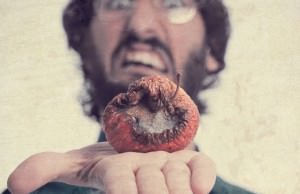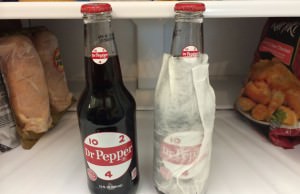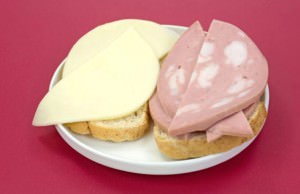Estrogen In Our Food This Is Why Frogs Are Becoming Intersex And Babies Develop Breasts
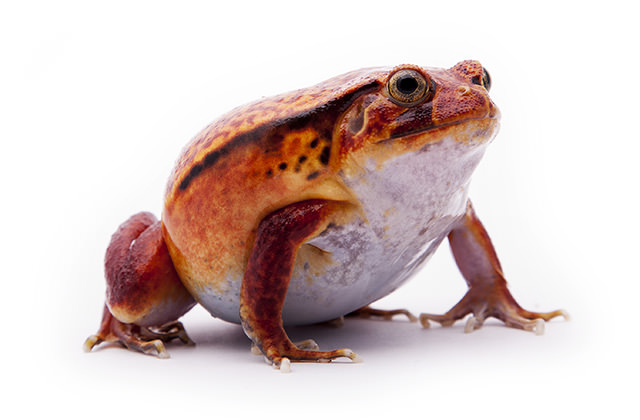
Estrogen is a naturally-occurring hormone that is present in everyone. That being said, numerous studies have linked this hormone (either in excessive amounts, or even in regular ones) to play a role in a number of conditions and diseases, such as prostate cancer, obesity, breast cancer, low sperm count, sexual dysfunction and various mood disorders.
Some studies have shown that women who take hormone drugs containing estrogen, can be at an increased risk of developing skin, ovarian, lung and gall bladder cancers, as well as joint regeneration and urinary incontinence.
It is a well-known fact that various materials and objects can expose us to synthetic estrogen, such as petroleum-based products, cosmetics, BPA, detergents, carpeting, furniture, various pesticides, fungicides and herbicides. However, did you know that many foods that we consume on daily basis contain high quantities of natural estrogen?
Flax, generally considered extremely healthy, contains astounding amounts of estrogen. For instance, when compared to a fruit like watermelon, it contains hundreds of thousands times of estrogen. Soy is another food that contains huge amounts of this hormone, about third of that contained in flax, but still a great amount.
Legumes such as red beans, chickpeas, green peas, split peas and black-eyed peas also contain large amounts of estrogen. Nowhere near as flax and soy, but they are still packing quite an estrogen punch. In various animal products, you can find significant amounts of various hormones very similar to estrogen, such as zeranol, melendestrol, trenbolone acetate and oestradiol-17. These hormones are actually introduced deliberately into animals in order to boost meat production.
